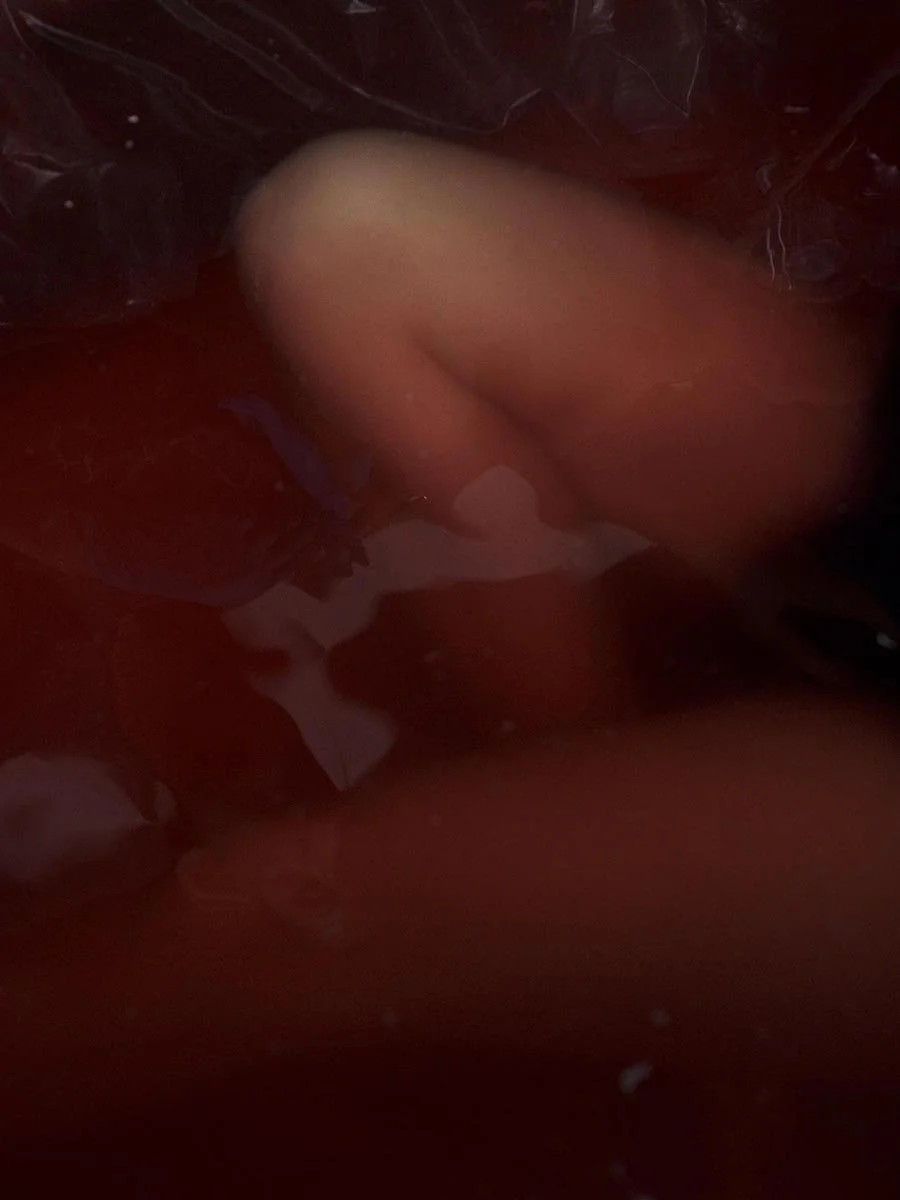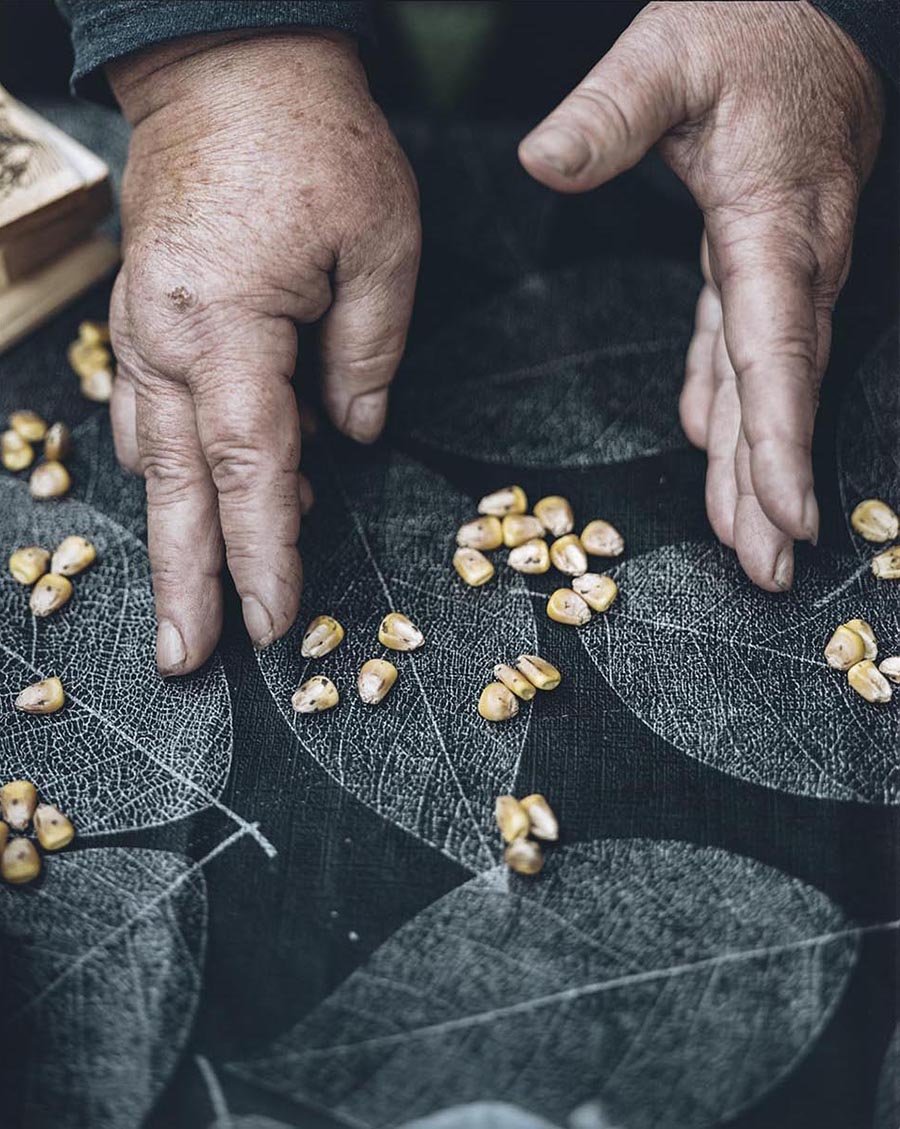
Vacant land in Ghent, where household waste was buried in the past, with a slightly contaminated subsoil.

A playground in Leuven was previously used as a dumping site for household waste, leading to minor soil contamination.

University campus in Merelbeke, non-hazardous waste was dumped, although the soil is reported to be slightly contaminated.

In the Port of Antwerp (Beveren), dredged sludge is removed to preserve the depth and flow of canals and harbors, ensuring the continued movement of shipping traffic. In the past, this sludge was frequently dumped along the riverbanks, potentially leading to soil contamination.

Private property in Harelbeke, dredged waste was dumped, causing the soil to become lightly contaminated.

Private land in Harelbeke, construction waste was dumped; details about the soil condition are available exclusively to the owners.

An active landfill located in the port of Ghent (Desteldonk).

Social housing project in Mechelen, construction debris was used to reinforce the subsoil, resulting in slight soil contamination.

In the nature reserve Den Battelaer in Mechelen, household waste was deposited, which may pose a risk to soil quality.

In the Den Battelaer nature reserve in Mechelen, where household waste was once dumped and potential soil contamination persists, a gnawed tree is a clear sign of a beaver's presence. After being absent from Flanders for over a century, beavers have returned in recent years. Thanks to improved water quality and protective measures, this "ecosystem engineer" is once again playing a crucial role in shaping the landscape. By felling trees and constructing dams, beavers boost biodiversity and support natural water management.

At the Schipdonk lock, I encountered two amateur cyclists resting by a former dredged sludge landfill, where the soil is slightly contaminated.

The plot, where non-hazardous waste was previously deposited, is now for sale; information regarding the soil condition is available exclusively to (potential) owners.

The Winterslag coal mine in Genk, the first mine in Belgian Limburg, began production in 1917 and permanently closed on March 31, 1988. After its closure, the site was transformed into the cultural center C-Mine, where a passerby at the entrance invited me to join a game of pétanque.

The Winterslag spoil heap in Genk is primarily composed of gravelly rock, shale, and coal remnants. Its soil is low in nutrients, dry, occasionally acidic, and often holds residual heat from subsurface combustion or oxidation. These conditions make terrils a difficult habitat for most plant species to establish and thrive.

The Waterschei coal mine in Genk was one of seven mining sites in the Kempen coal basin. At its peak in 1968, the mine employed 6,834 workers and produced nearly 1.5 million tons of coal annually. The mine was permanently closed on September 10, 1987. Since then, the site has been redeveloped into Thor Park, a hub for technology and innovation. The coal slag heaps, spanning around 193 hectares, are now protected as a cultural-historical landscape and represent a significant part of the region’s industrial heritage.

The Mining Museum is located on the former coal mine site in Beringen, which closed in 1989 and includes historic mine buildings, a coal washing plant, and extraction facilities. The site is part of a redevelopment project that combines tourism, recreation, housing, business, and retail.

In Ghent, where hazardous waste was previously stored, a business park is now being developed.

The cultural center De Leest in Izegem was built on a former household waste landfill, resulting in slight soil contamination.


















Beneath our feet
Each day, we leave behind a trail of what we no longer need -discarded items, sorted piles, buried remnants. Waste is not just a byproduct of our existence; it reflects our habits, desires, and the systems we’ve built.
From the refuse-filled streets of the Middle Ages to today’s carefully designed landfills, our relationship with waste has constantly evolved. Industrialization, plastic, and the disposable culture have deepened the divide between what we use and what we truly value.
In Belgium, each person produces a staggering amount of waste, visible in our bins, but often hidden beneath the surface. Beneath parks, industrial sites, government buildings, and solar parks, there are more than 2,500 historical landfill sites in Flanders alone - some toxic, some sealed, and others slowly returning to nature.
This photo series explores the tension between concealment and transformation: how landscapes once built from waste are coming back to life, and how those places carry both damage and potential.














